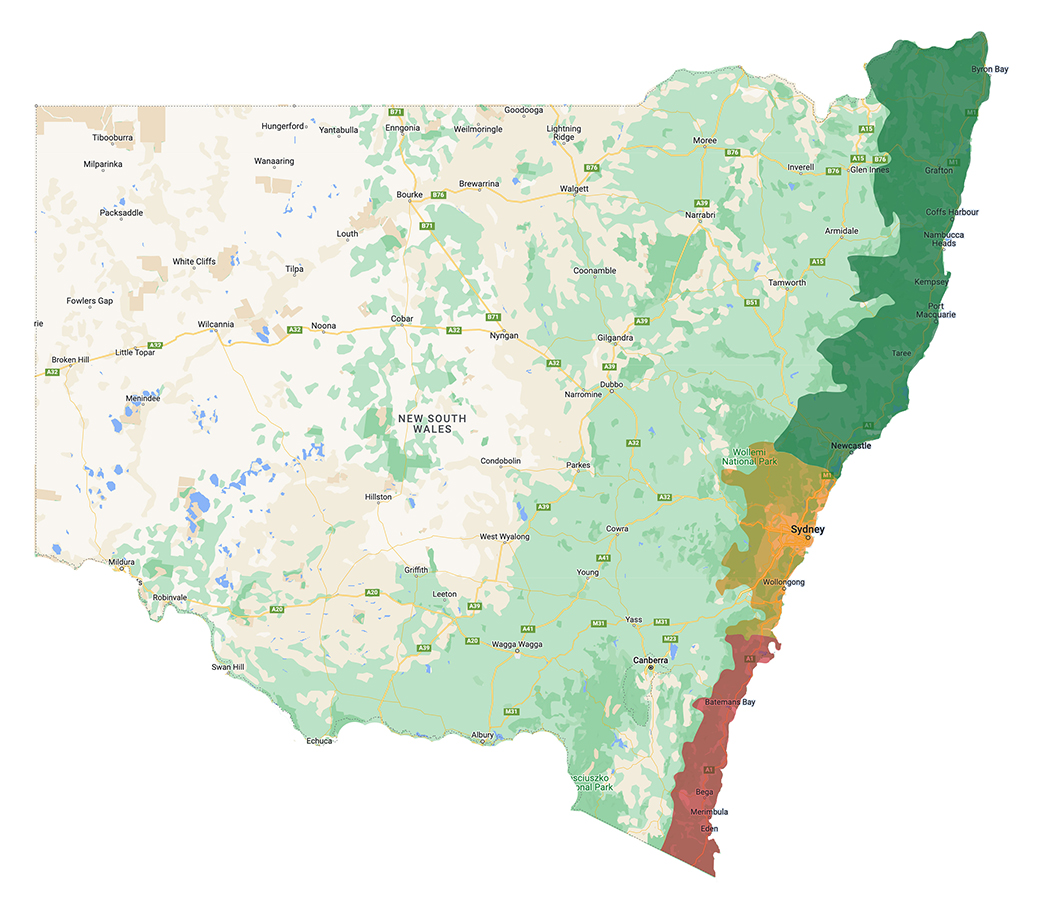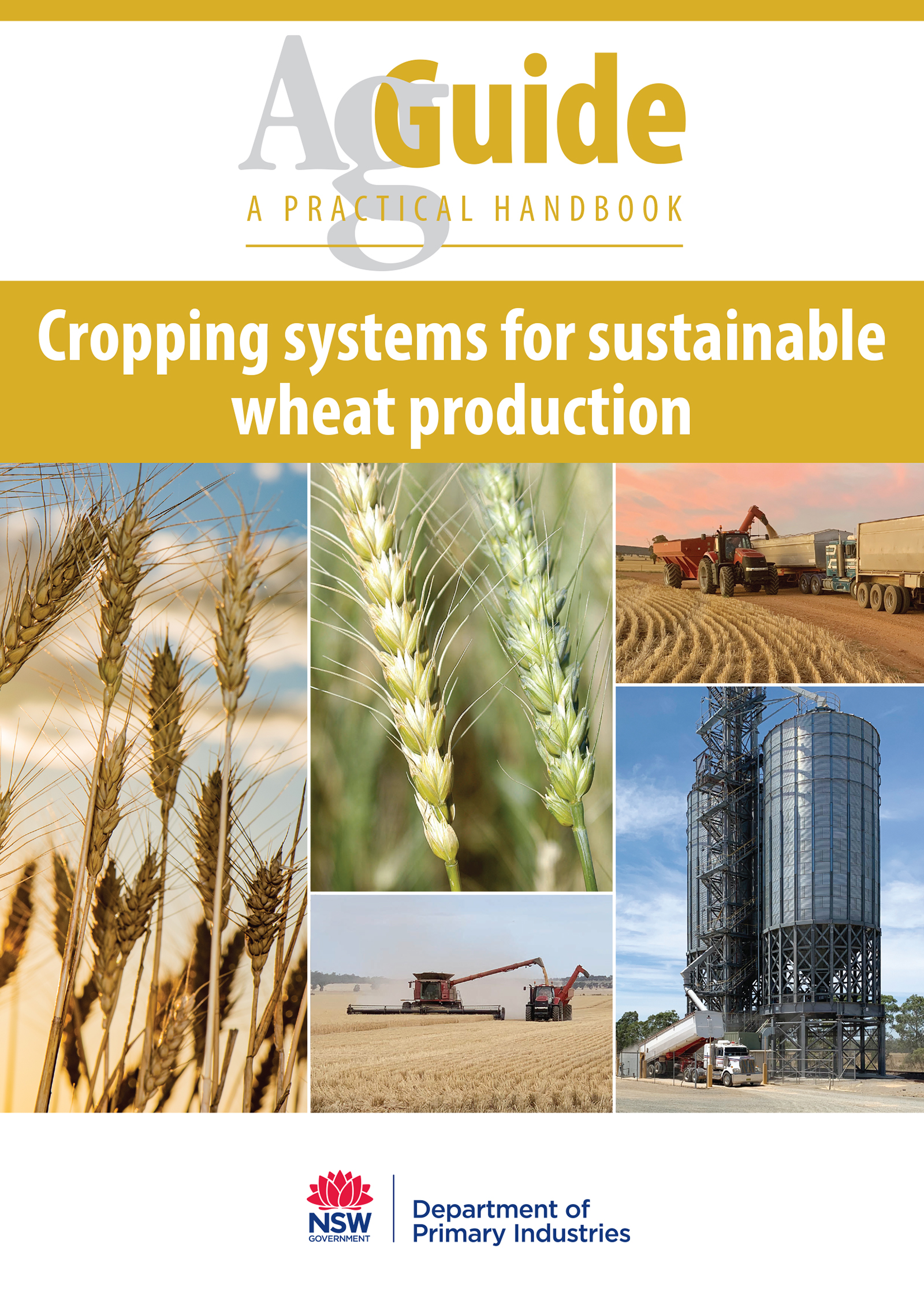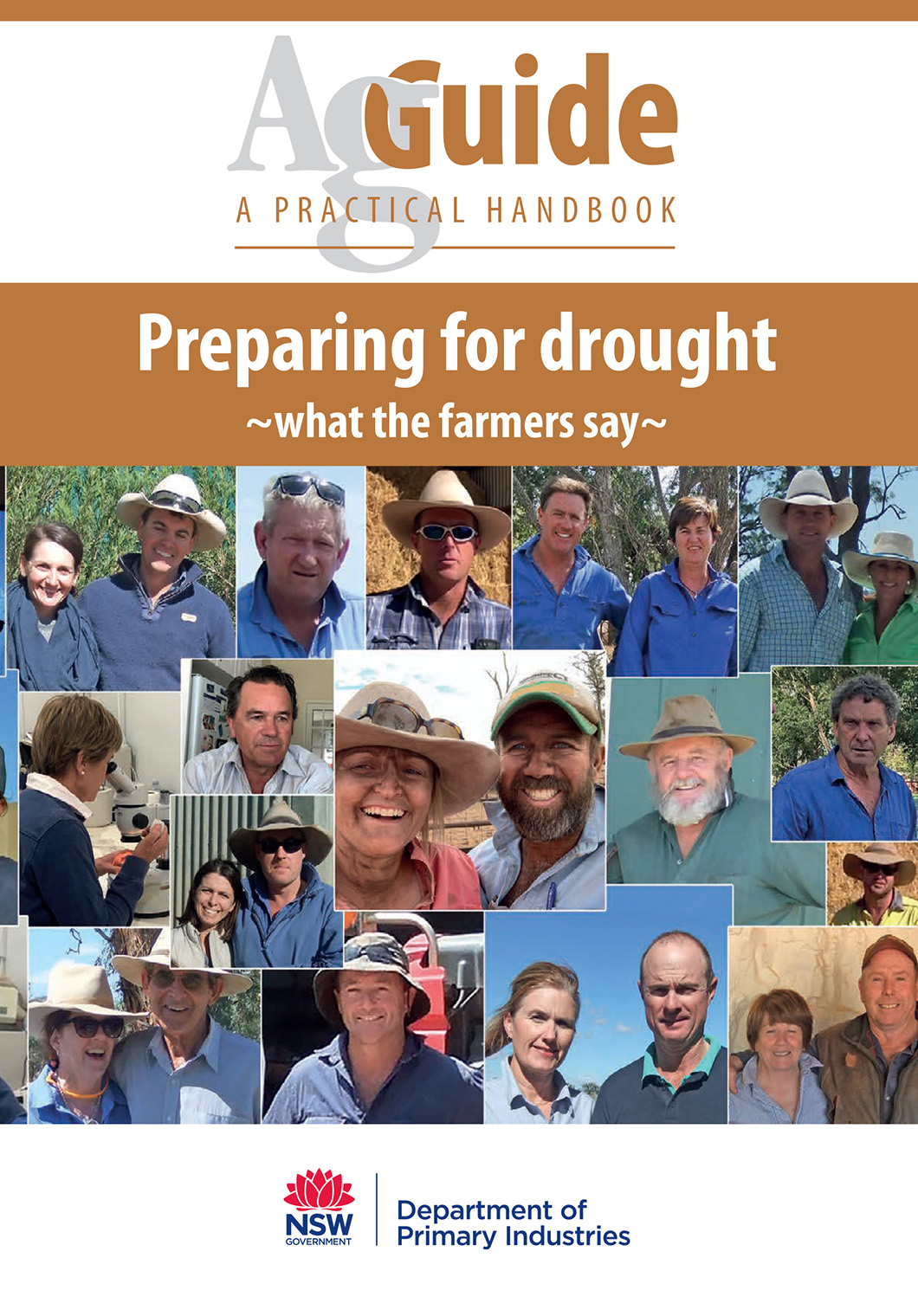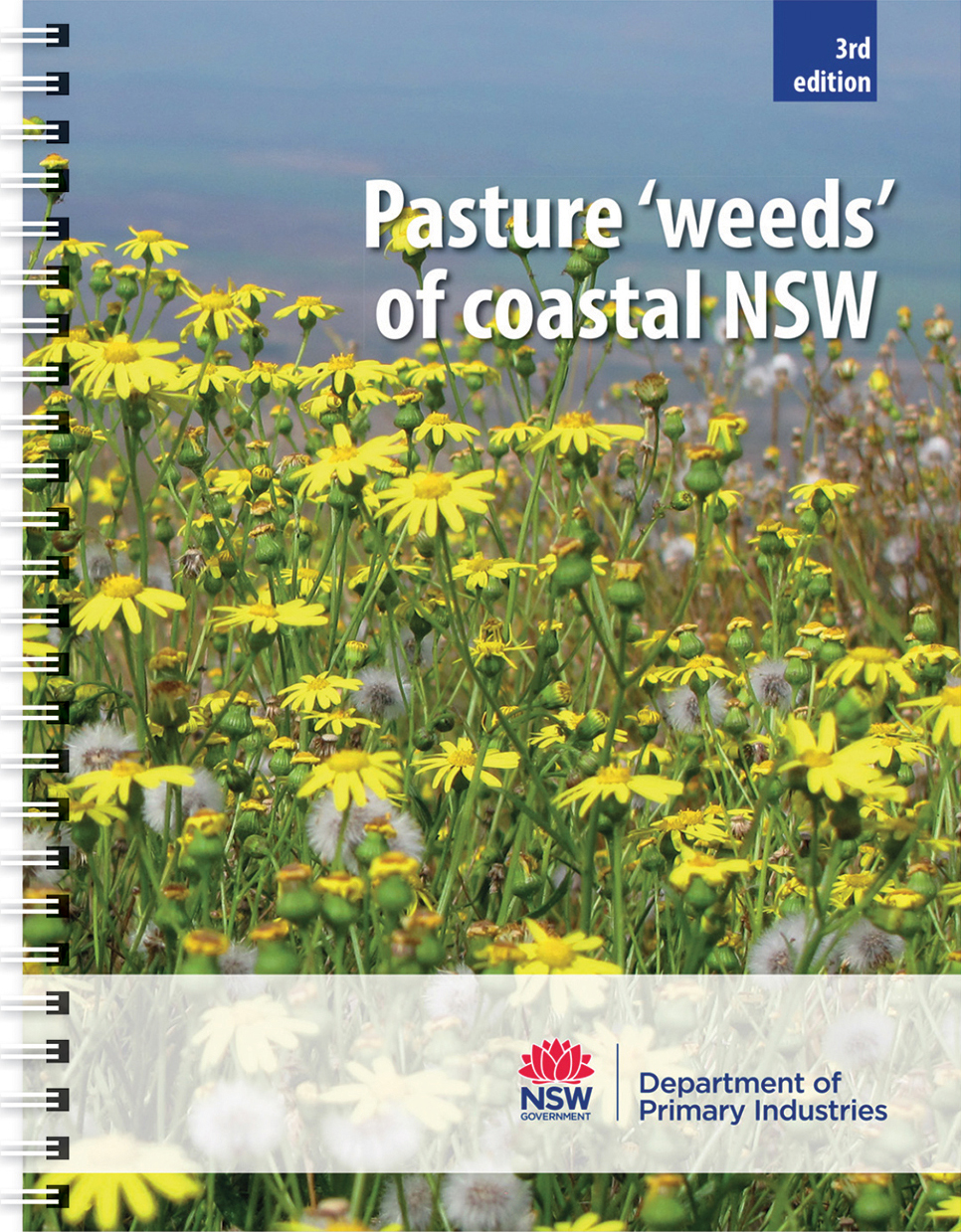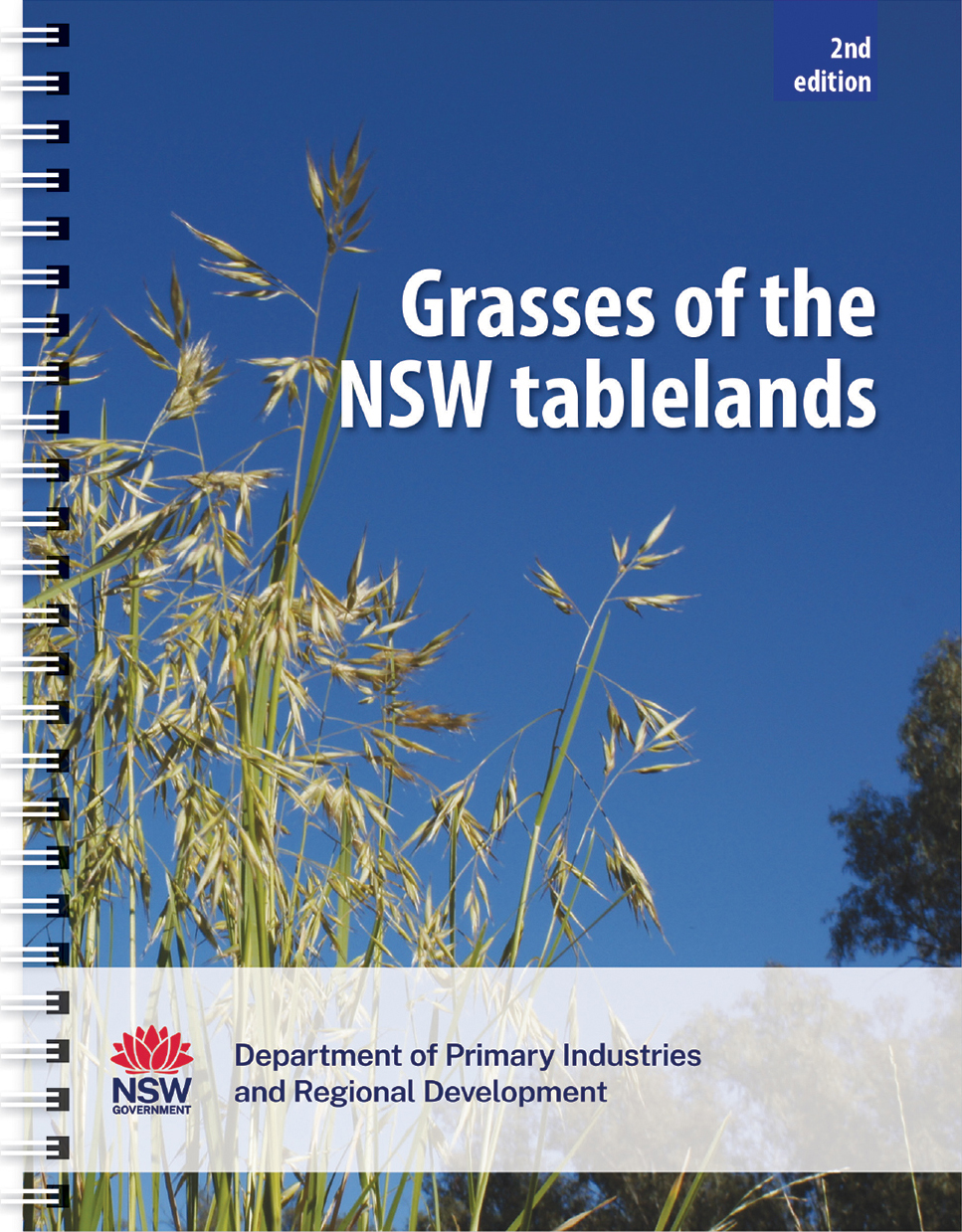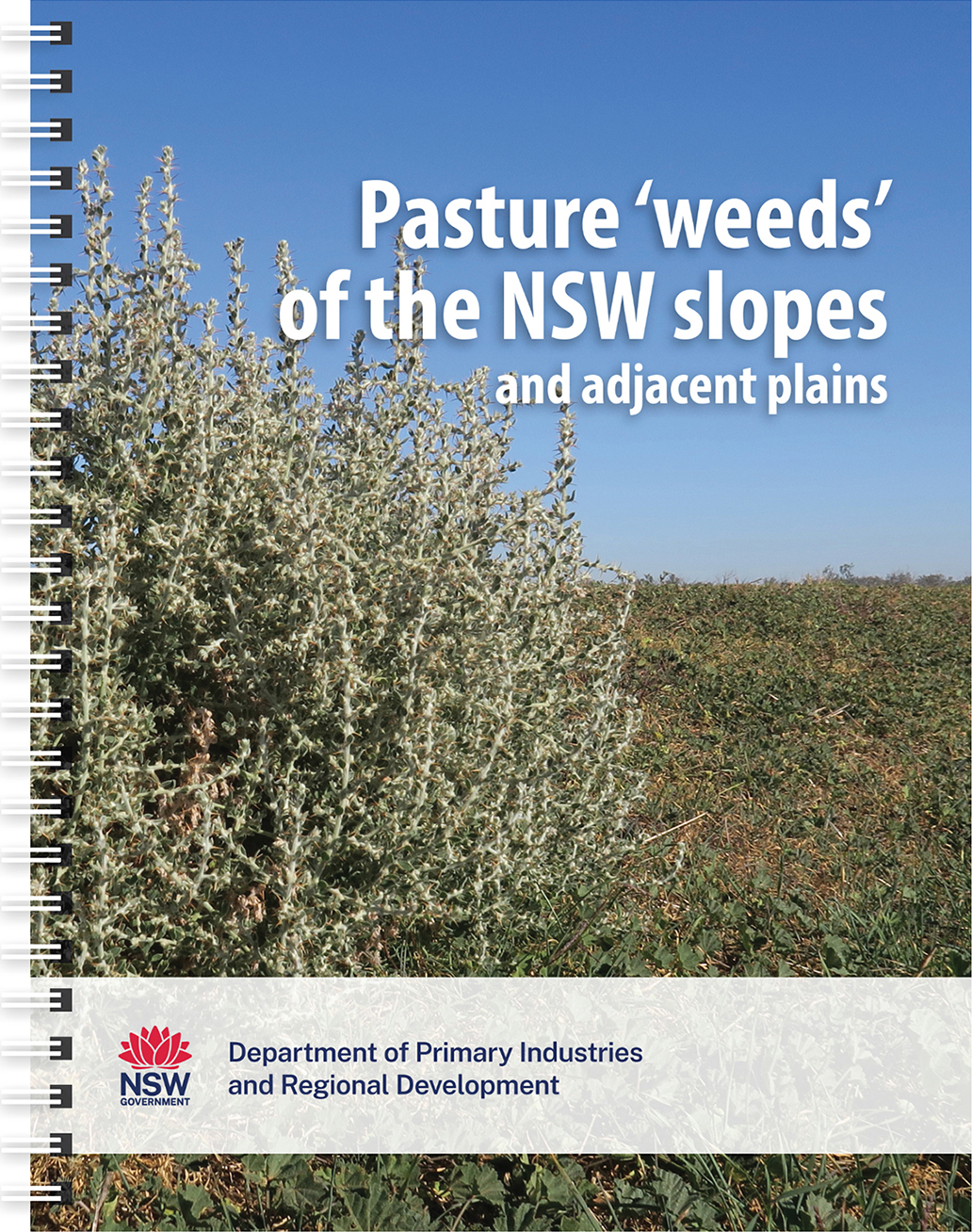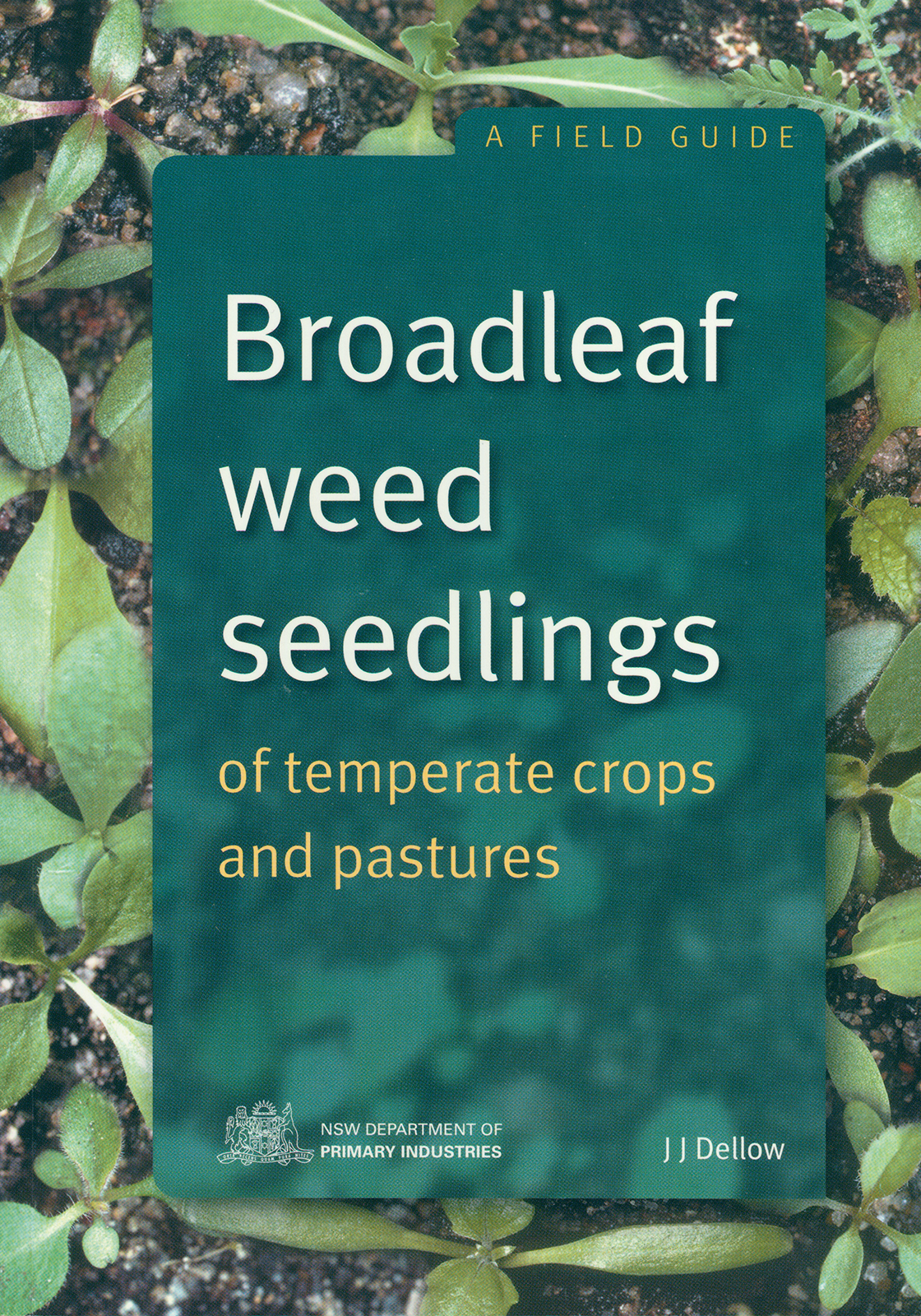 Type: Publication
Date: 2005
Type: Publication
Date: 2005
Broadleaf weed seedlings
An important principle of weed control in crops and pastures is to identify and treat weeds at the early post-emergent stage. This field guide on identification has photographs and descriptions of the cotyledon and first leaves stage of all the important weeds you are likely to encounter in temperate zones.


